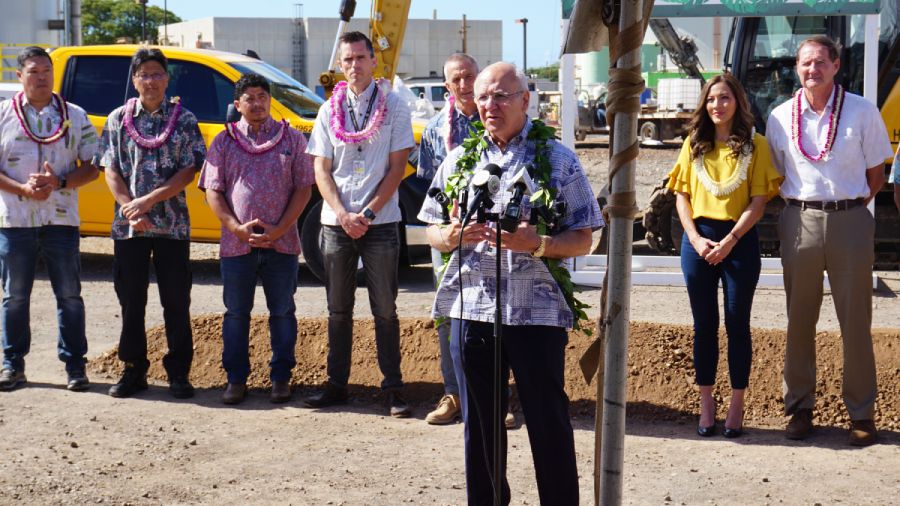HONOLULU — On Friday, Mayor Rick Blangiardi and the Department of Environmental Services broke ground at the Honouliuli Wastewater Treatment Plant for a $517 million construction project that will upgrade the facility moving it toward sustainability.
“This project is a testament to the city’s dedication to improving infrastructure, embracing sustainability, and ensuring a cleaner, healthier future for Honolulu,” said Mayor Blangiardi in a news release. “As the plant undergoes this transformative phase, we look forward to the positive impact it will have on our community and the environment.”
The Honouliuli Wastewater Treatment Plant has been in operation since the 1970s. According to the release, the project includes a revitalization of the pre-treatment process to enhance protection against inorganic debris. There will also be major improvements to the primary treatment and solids processing systems focusing on increased efficiency while generating valuable biogas.
“The plant is a critical infrastructure asset for our community, and these upgrades show our commitment to sustainability and resource recovery,” stated ENV Director Roger Babcock. “The biogas produced by the upgraded systems will be recovered and utilized to generate heat and electricity for use within the plant, reducing demand on Oahu’s energy grid, reducing operating costs, and aligning with the city’s goals for renewable energy and reduced environmental impact.”
The project has been awarded to Hensel Phelps Construction Company and will be done in three phases over a six-year period. The phases will focus on the installation and testing of electrical, structural and mechanical systems. In addition, the project will involve grading, developing the infrastructure, underground piping and the decommissioning and demolition of the existing facilities.



